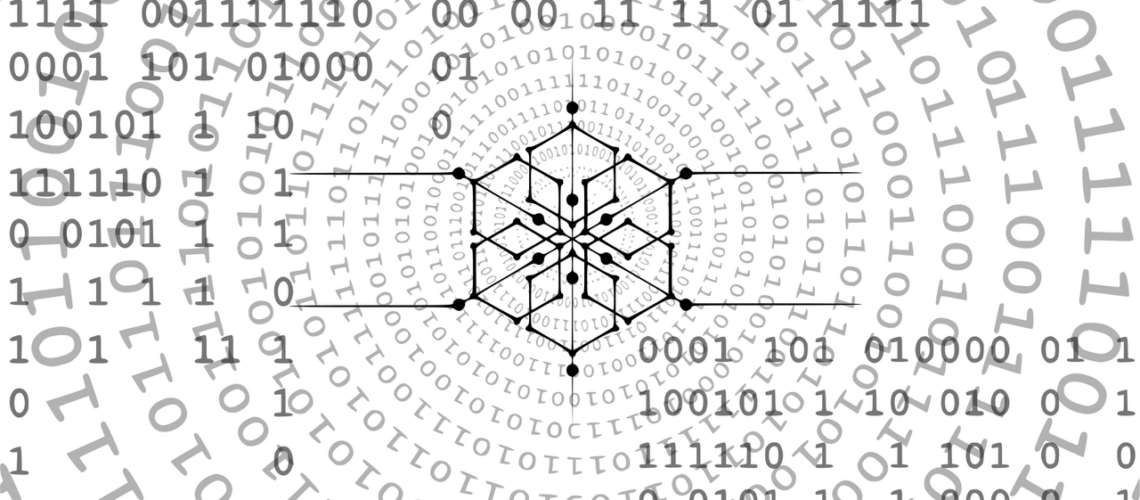Chained
January 2, 2025

Computational transactions are set to revolutionize financial markets, ushering in an era characterized by speed, efficiency, and enhanced accessibility. The advancements in technology, particularly through blockchain and smart contracts, promise to streamline processes that have traditionally been bogged down by time of consuming procedures.
One of the most significant changes will be the speed at which transactions occur. With computational transactions, trades can be processed and settled in real-time, significantly reducing the time it takes to complete transactions compared to conventional systems. This immediacy not only enhances liquidity but also improves overall market efficiency.
Cost reduction is another major benefit. By automating various processes and minimizing the need for intermediaries, computational transactions can lower transaction costs. This development is particularly important as it makes financial services more accessible to a broader audience, empowering individuals and businesses alike.
Transparency and security are also enhanced through the use of blockchain technology. By offering a transparent and immutable ledger, trust among participants is increased, which can help reduce fraud and improve compliance with regulatory requirements. Additionally, the introduction of smart contracts allows for the automatic execution of agreements based on predefined conditions, which streamlines processes and minimizes the potential for disputes across various sectors, including lending and insurance.
Tokenization of assets is another exciting prospect, as it allows real-world assets to be fractionalized and traded on blockchain platforms. This capability opens up new avenues for investment and liquidity, making it easier for retail investors to participate in markets that were previously out of reach.
In this evolving landscape, cryptocurrencies like XRP and ADA are well-positioned to lead the charge. XRP, designed specifically for fast and cost-effective cross-border transactions, has been establishing partnerships with banks and financial institutions. This strategic positioning could see XRP become a standard in international finance, particularly as more institutions adopt its technology for remittances.
On the other hand, Cardano (ADA) focuses on scalability and sustainability. Its proof-of-stake consensus mechanism is more energy-efficient and scalable than traditional proof-of-work systems, attracting environmentally conscious investors. With the introduction of smart contracts, Cardano is poised to facilitate decentralized applications (dApps) and DeFi solutions, driving adoption and engagement within its ecosystem.
Looking ahead, both XRP and ADA are likely to be at the forefront of the financial transformation. As regulations evolve, XRP’s emphasis on compliance may lead to broader acceptance in traditional finance. Meanwhile, Cardano’s platform could support a variety of innovative dApps, enhancing user engagement and value generation.
In summary, the intersection of computational transactions and the unique strengths of XRP and ADA positions them as key players in the future of finance. As the industry continues to adapt and grow, these cryptocurrencies have the potential to reshape financial systems, paving the way for a more efficient and transparent market.
Love y’all,
Crb3